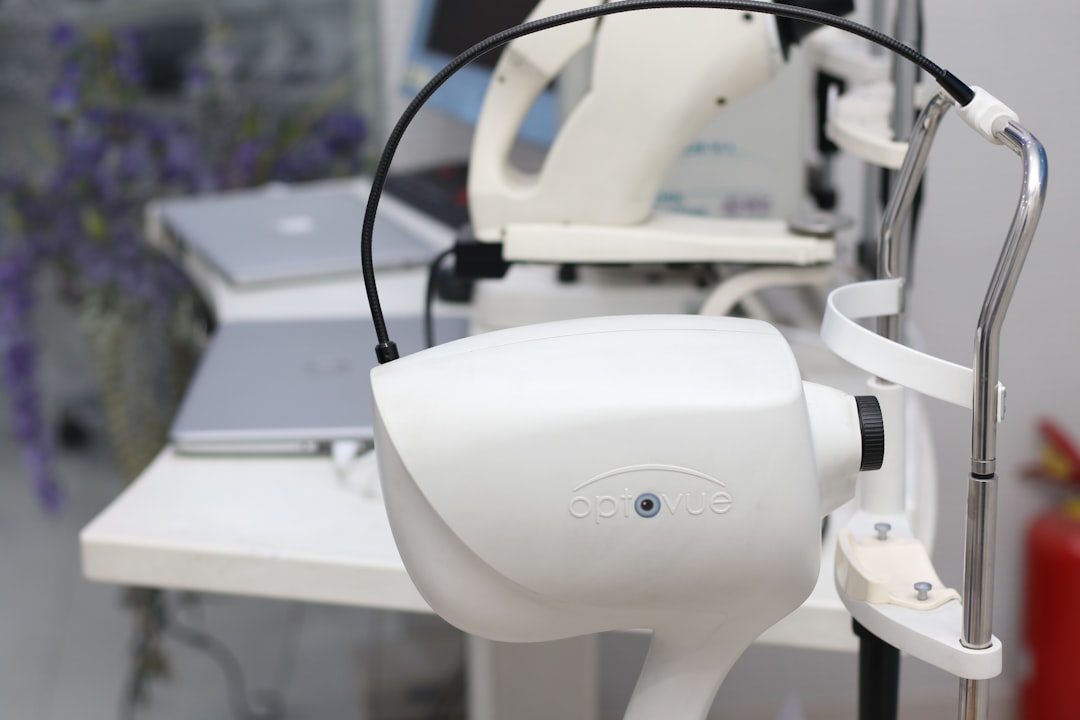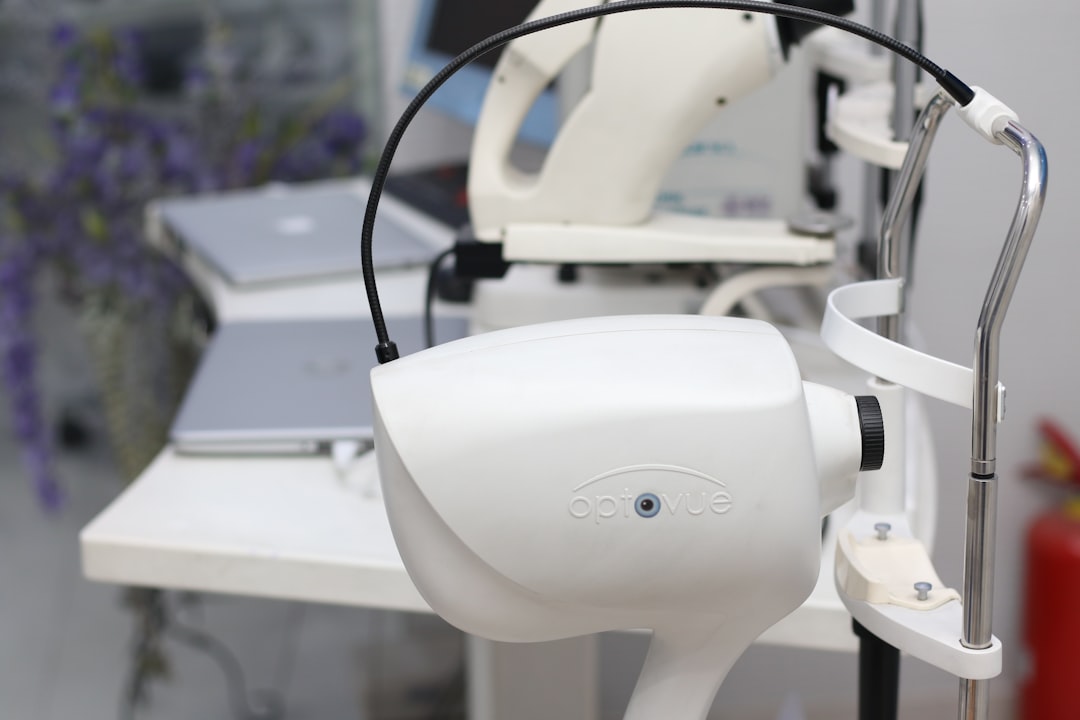Table of Contents
Ear health often doesn’t receive the attention it deserves until discomfort or hearing issues emerge. Otoscopes—handheld instruments that allow medical professionals to examine the ear canal and tympanic membrane—have been fundamental tools for decades. But with the integration of artificial intelligence, these traditional diagnostic methods are getting a high-tech upgrade. AI-powered otoscope image analysis is rapidly transforming how clinicians diagnose and manage ear-related conditions, from common infections to chronic diseases.
Conventionally, the accuracy of ear examinations has relied heavily on the skill and experience of the clinician. However, even seasoned professionals can struggle with differentiating between subtle pathologies, such as distinguishing between acute otitis media and serous otitis media. This is where AI steps in as a game-changer, bringing consistency, speed, and advanced pattern recognition to the diagnostic process.
How AI Enhances Otoscope Diagnostics
AI-powered otoscope systems utilize machine learning and computer vision technologies to analyze high-resolution images of the ear canal and eardrum. These systems are trained on extensive databases of annotated ear images, enabling them to identify clinical signs associated with specific conditions with impressive accuracy.
- Real-time Diagnosis: AI models can analyze images within seconds, supporting real-time decision-making during the patient consultation.
- Disease Differentiation: These systems are adept at distinguishing between multiple ear conditions, reducing misdiagnosis and unnecessary antibiotic prescriptions.
- Remote Capabilities: AI-enabled otoscopes can be used in telemedicine, allowing healthcare providers to assess patients in remote locations without needing physical access.

Applications Across Diverse Settings
The versatility of AI in ear health has applications that extend beyond traditional clinical environments. In remote or underserved areas, where access to ENT specialists is limited, AI-powered tools bridge the diagnostic gap. Community health workers can capture ear images using digital otoscopes, and the AI system can provide a preliminary analysis, guiding further steps in treatment or escalation.
Telehealth platforms have also embraced AI-enhanced diagnostics. Patients can now use smartphone-compatible otoscopes at home, and clinicians receive AI-analyzed data that helps prioritize urgent cases and streamline consultations.
Training and Standardization Benefits
The ability of AI to recognize a wide range of ear conditions also proves invaluable in medical education. Trainee clinicians can use AI feedback to calibrate their diagnostic skills, receiving instant insights into whether their assessments align with expert-level interpretations.
Moreover, standardized AI evaluation reduces the variability in diagnoses that often arises due to human subjectivity. This is especially important in pediatrics, where accurately identifying ear infections can greatly impact treatment decisions and outcomes.
Challenges and Considerations
While the promise of AI in otoscope analysis is substantial, the technology is not without challenges and caveats:
- Data Quality: AI systems rely on large, diverse, and well-labeled datasets. Inadequate image quality or underrepresentation of certain demographics can skew results.
- Integration: Integrating AI tools into existing clinical workflows and electronic health records can be complex and sometimes costly.
- Regulatory Hurdles: Ensuring that AI-based diagnostic tools meet medical device standards is essential for safe and ethical deployment.

The Future of AI in Otology
The continuous evolution of AI models, coupled with increasing digitization of healthcare tools, is setting the stage for widespread adoption of AI-powered otoscope image analysis. As algorithms become more sophisticated and datasets more inclusive, we can expect AI diagnostics to play a central role in personalized ear care. In the long run, this may lead to proactive monitoring systems that alert users to potential ear problems before symptoms even begin.
In conclusion, AI is driving a paradigm shift in otology, making ear health diagnostics faster, more accurate, and accessible to a broader population. Whether in bustling urban hospitals or rural clinics, the fusion of artificial intelligence and otoscopy is proving to be a powerful alliance for modern medicine. With careful implementation and continuous refinement, this technology promises to enhance ear care outcomes for millions worldwide.

